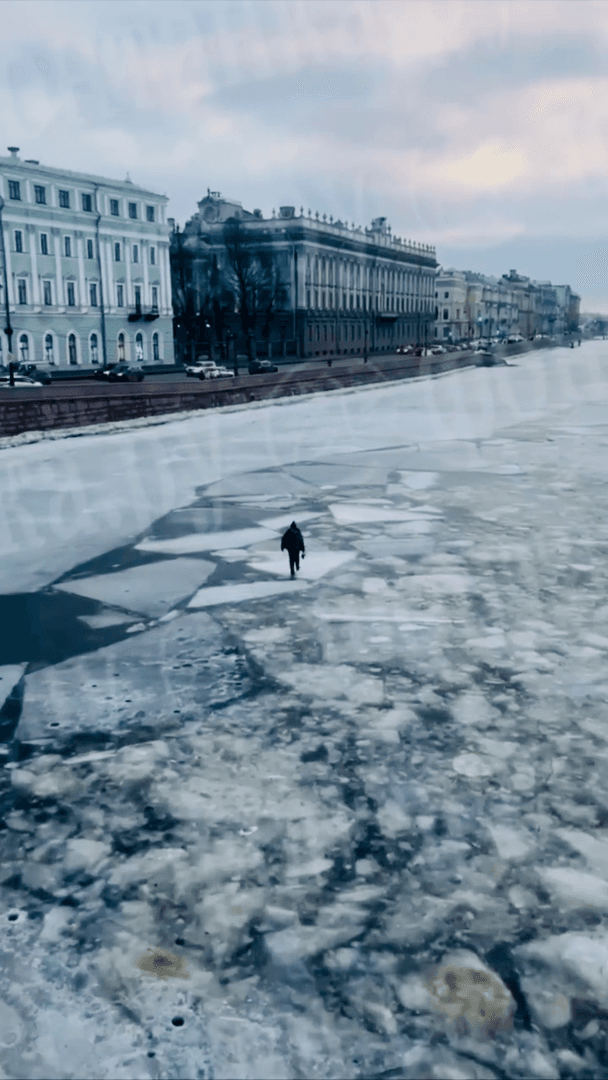
Hunting in TATAOUINE: know more about Hunter Demographics and Participation, Geography and Ecological Features (PART II) Hunting Seasons and Optimal Times in the Area The hunting season in Tataouine is generally aligned with the national hunting calendar, with small game hunting taking place from October to February. The best times for hunting are during the early mornings and late afternoons, when temperatures are cooler and animals are more active. Migratory bird hunting, particularly for quail and pigeons, is a highlight of the hunting season in Tataouine, with hunters focusing their efforts from November to January, when birds are most abundant. During these months, the cooler weather makes hunting more comfortable, and the region’s oases and water sources become prime areas for attracting game. Hunting in Tataouine during the summer months is difficult due to the extreme heat, which can make both hunting and tracking challenging. The dry conditions also make it harder to find w
Post: 4 August 10:24















































